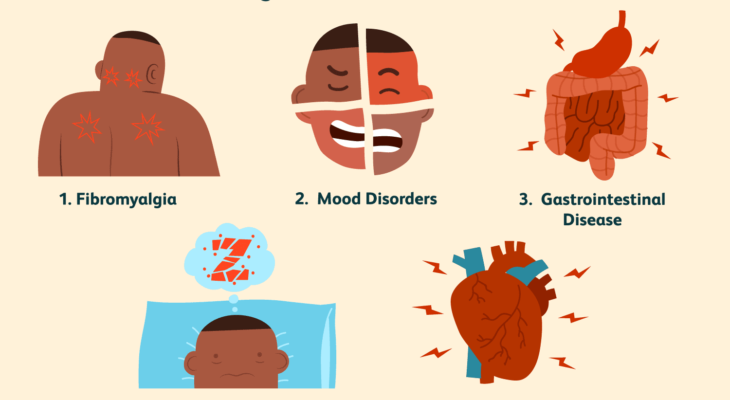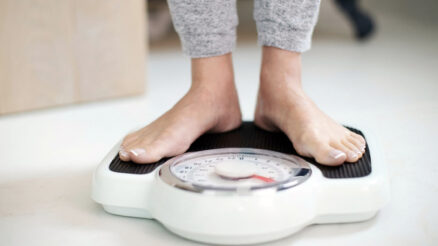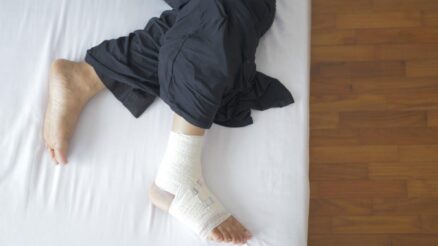A migraine presents as a moderate-severe throbbing pain on one side of the head, with or without aura. Aura occurs before the headache, commonly presenting as visual loss/disturbances.
Visual disturbances are described as a small spot blocking the vision, gradually growing and getting flashier/zig-zaggy, or ‘kaleidoscope vision’, broken up, colourful images in the vision like looking through a kaleidoscope.
Nausea, Vomiting and Dizziness
Afterwards, the headache starts, accompanied by nausea and/or vomiting , tiredness, dizziness and sensitivity to light and/or sounds, lasting up to three days. Warning signs can occur before the aura and linger on after the migraine has gone. Tiredness, confusion, anxiety, irritability, excessive yawning can occur.
Prevention and Self Help
Prevention of attacks involves recognising and excluding triggers. Keep a diary and note: cups of water drunk, food and/or drinks, activities, hours slept when you have an attack to see if you can notice a pattern. Triggers can overlap and build up; therefore, you may find more than one or two. ‘Migraine buddy’ (an app) may be able to help with this.
Try to eat and drink regularly and not skip meals. Avoid caffeine, alcohol and foods rich in tyramine such as bananas, cheeses, smoked fish, pickled foods, overripe fruits, soybeans, chickpeas and cured meats.
Try to drink a minimum of 2 litres of water a day, keep some water nearby and buy a motivational water bottle to keep track.
Lack of sleep can be one trigger; monitor your sleep quality/quantity with apps or smartwatches, meditate before bed to relax and avoid screens at least a couple of hours before bed. Failing that, a red light filter app or lower the brightness. The blue light from the screens simulates the sunlight, therefore your brain thinks it is still daytime and does not prepare for sleep.
Another trigger is tension in the muscles of the neck, shoulders and jaw.
Ten minutes of meditation a day with binaural beats/relaxing music can help. Sit up straight and make sure your whole spine from the back of your head to your bottom is against the seat and tuck your chin in. Keep your posture varied and move around for 2 minutes per hour.
These are the common muscles imbalanced in migraine sufferers:
- The “SCM” (Sternocleidomastoid) Muscle – This is a big chunky muscles on both sides of your neck. To stretch these, rotate your head to one side and look up. You should feel a stretch at the side of your neck. Hold for 30 seconds and do these three times each side.
- Upper Trapezius – The big muscles on top of your shoulders and back of the neck. Flex your head to the side and pop your hand over your head and pull, increasing the stretch. You should feel the stretch in your shoulder and or lower neck.
- Suboccipitals – The tiny, deep muscles at the back of your head, which can be shortened and weak. Prop your head up against a wall, then slide your head to look up, like you are about to nod then down to tuck your chin in. You should feel a stretch at the base of your skull. Do this ten times.
- Masseter
- Temporalis
- Pterygoids
Masseter, Temporalis and Pterygoids are muscles that close the jaw.
Jaw clenching makes these muscles tight, causing clicking and pain in the jaw joint. Push up hard on the roof of your mouth with your tongue just behind the front teeth and slightly open your jaw for five seconds, then relax for 5 seconds. Repeat for 5 minutes.
If any of the above exercises are painful or uncomfortable, we would recommend not proceeding with them and talk to your chiropractor or other spine care specialist.





